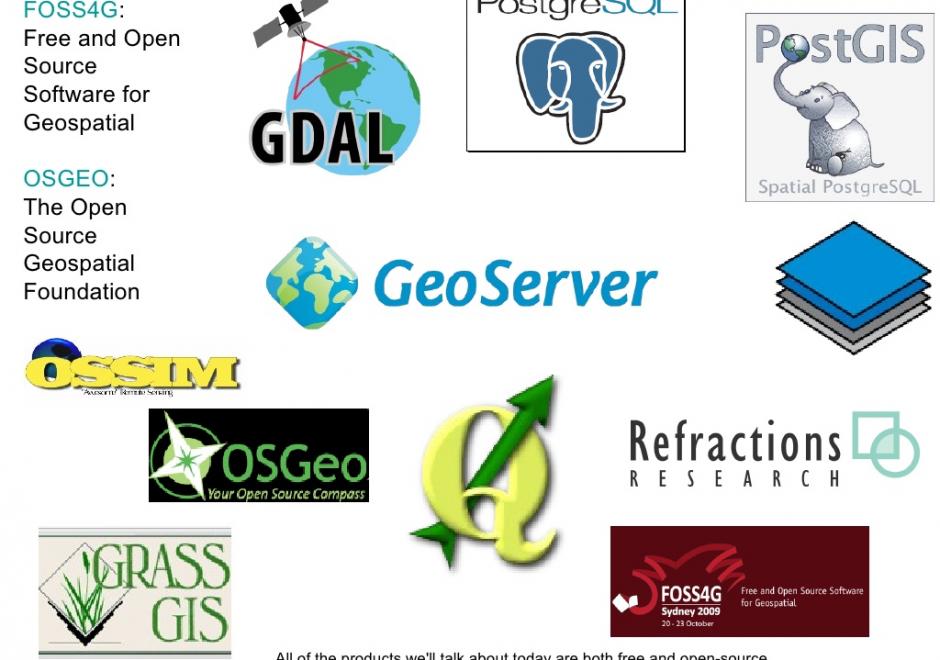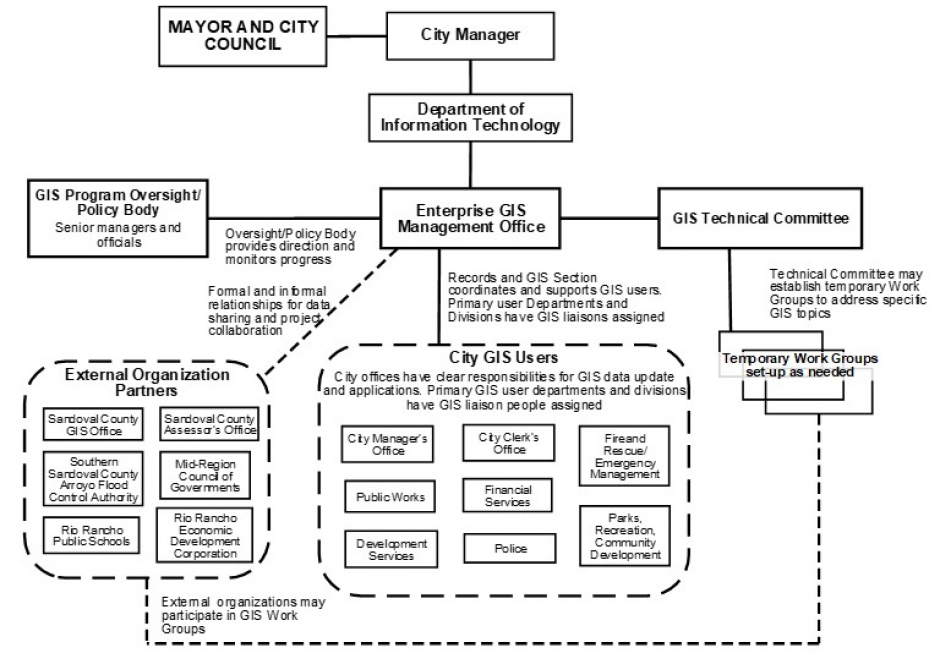FC-19 - Networks defined

- Define different interpretations of “cost” in various routing applications
- Describe networks that apply to specific applications or industries
- Create a data set with network attributes and topology
- Define the following terms pertaining to a network: Loops, multiple edges, the degree of a vertex, walk, trail, path, cycle, fundamental cycle



AM-05 - Neighborhoods